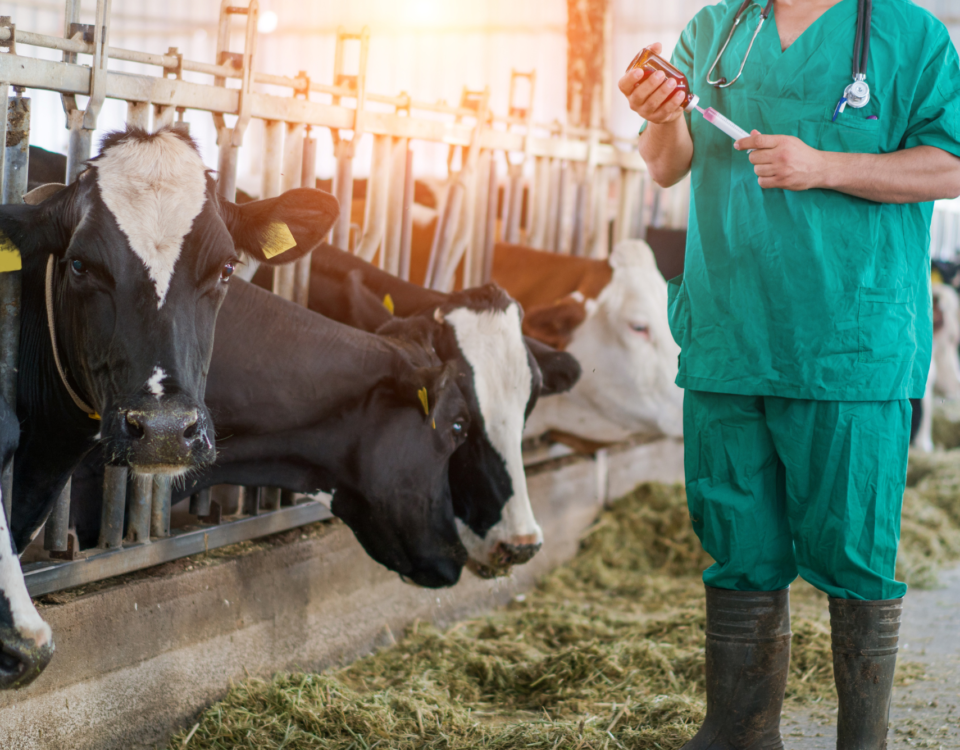Cold Stress

Special Alfalfa
February 8, 2017
Rumen
April 12, 2019Cold Stress, The effects of low temperatures on dairy cows
It is very easy to focus attention on “heat stress” and the impact that this has on the herd, but very often we underestimate what we may call “cold stress”, that is, prolonged exposure to frigid temperatures. If you are working in frigid or snow-covered weather or cold, humid and rainy weather, early detection of stress from the cold and the methods to fight it will allow your herd to remain healthy and productive.
But what are the parameters for milk producers to keep in mind when it comes to the effects that stress from the cold can have on herds?
Hypothermia begins at 0℃
A series of factors, among which wind and humidity, contribute to the appearance of stress from the cold, but the most significant is, without a doubt, temperature.
In order to simplify, we can divide the states of hypothermia into three critical zones:
- The beginning of hypothermia
between 0℃ and -1℃
- Moderate hypothermia
between -1, 5℃ and -5,5℃
- Severe hypothermia
below 6,5 ℃
What are the signs?
The signs of cold stress are:
- Herded animals;
- Decrease of BCS (Body Condition Score);
- Decreased water consumption;
- A decrease in movement to the troughs and drinking troughs.
Dairy cows struck by “cold stress” have lower respiration and heart rate compared to the physiological standards and even a delay in the return of ovulation.
Unlike heat stress where in order to draw the heat away the animal puts a peripheral vasodilation in place, favoring an increased blood flow toward the outer zones, during exposure to frigid temperatures, the blood is diverted from the body’s extremities to the vital organs in order to protect them and maintain normal metabolic activity.
What the researchers say
Researchers from South Dakota State University estimate that for every degree below the lowest critical temperature, the energetic needs of the herd increase by 2%. If the actual temperature is -8℃, the energetic needs increase by 16%.
Cold Stress Increases energy demand
Normally as temperatures decrease, the ingestion of dry substance (DMI) tends to increase. Unfortunately, frigid winter temperatures and therefore a more or less emphasized state of hypothermia can negatively affect the DMI (ex. very cold and frozen foods, wind and high humidity) this however occurs in connection with an increase of energetic needs (that in periods of great cold can reach to over 40%) necessary to maintain the corporeal body temperature. The reduced ingestion associated with an energetic deficit has a negative impact on the functioning of the gastrointestinal complex and, as consequence, on the productive and reproductive parameters and on the BCS.
Cold Stress, Effects tied to lower hydration
During the winter period, bovines drink less and this could be the cause of the phenomena of dehydration. The effects of dehydration have an impact on the levels of adrenaline, cortisol, and hepatic glucose. In addition, animals lower the volume of rumen, the digestibility of dry substance and the insulin response. In this situation, the electrolyte balances can quickly become unbalanced just as with the appearance of heat stress. The addition of hydration products enriched with osmolytes in the portions or in the water combined with high-calorie foods, will help to support energetic needs and maintain essential electrolyte balance.
Practical precautions against cold stress
- Always provide clean water that is easily accessible;
- Assure that the bedding is clean and dry;
- Assure the right ventilation;
- Administer high energy diets (the consumption of concentrates increases during the winter);
- Integrate the diet with mineral salts (electrolytes).





